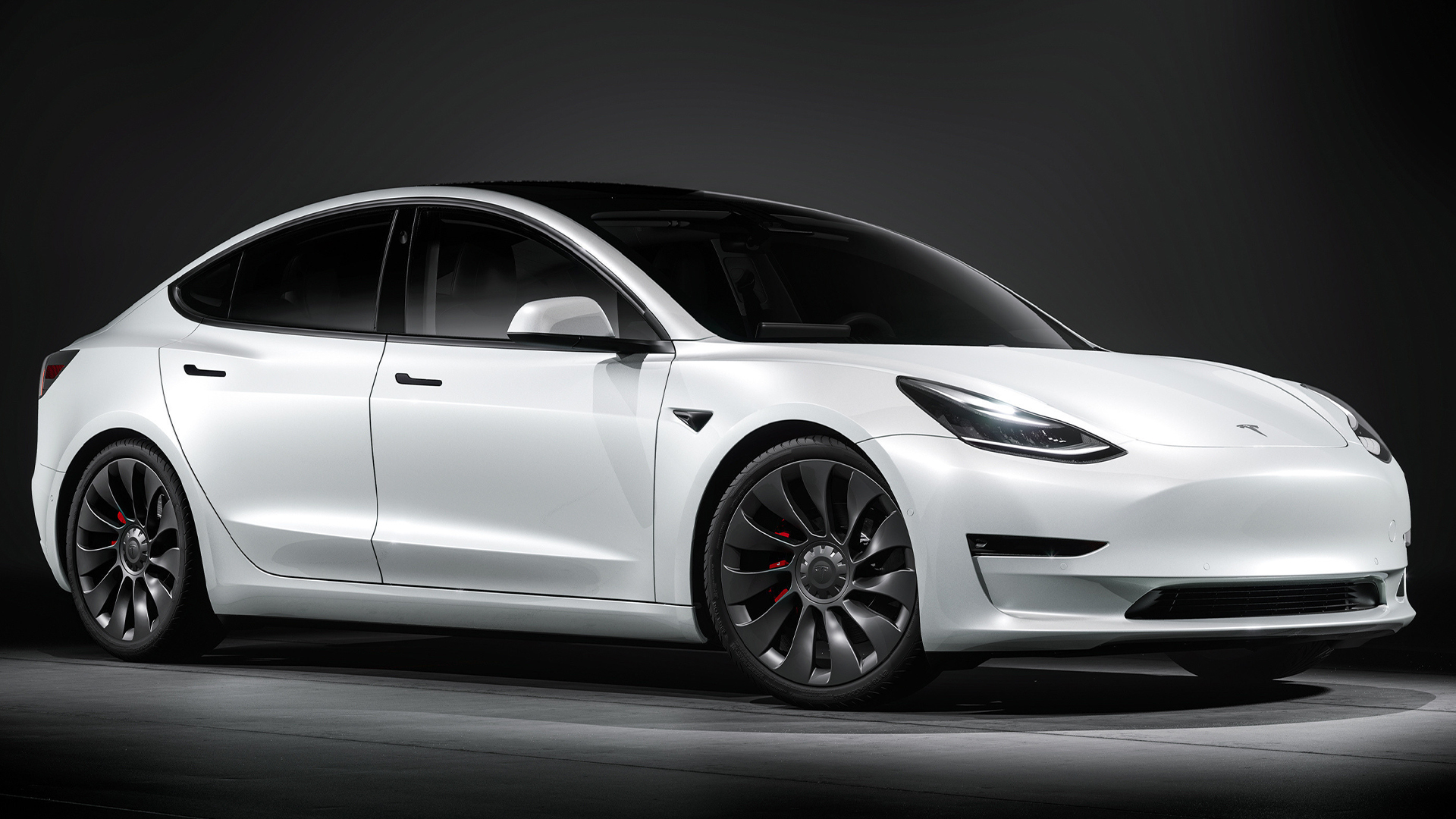

Most consumer vehicles have a fairly short product lifecycle, typically reaching somewhere in the neighborhood of five years, perhaps with a mid-cycle refresh sprinkled in to freshen things up. Then there is Tesla, which, in case you haven’t noticed, is not like most auto companies.
The Tesla Model 3 has been on the road for more than five years at this point. While it has undergone some small changes through the years—like the removal of its radar and ultrasonic sensors, a change to its frunk, plus some USB-C ports—it hasn’t undergone a meaningful refresh that most cars would have by this time. But that’s about to change.

A new report by Reuters claims that Tesla has secretly been working on a project called Highland. The core concept? Further reduce the complexity and component count in the Model 3, while also boosting its appeal to buyers despite its aging appearance.
What exactly will change with this refresh is immediately unclear, however, sources familiar with the matter told Reuters that it could impact the car’s central display, its powertrain performance, as well as the exterior of the vehicle. It’s likely that the refresh will be similar to the one applied to the more premium Model S last year, which included changes to the vehicle’s interior and also a controversial yoke-style steering wheel (which appears to be having longevity problems). Whether any visual changes will make it to the updated version of the battery-powered sedan isn’t yet known, but such changes would certainly help consumers to realize the five-year-old car has been refreshed.
The same sources say that the changes will first go into production at Gigafactory Shanghai and the company’s plant in Fremont, California. Shanghai is aiming to begin production of the revised model by the third quarter of 2023. A timeframe of when the refreshed vehicle will debut for U.S. customers via production at Fremont is currently unknown.


While Tesla undoubtedly holds the crown when it comes to electric vehicles, there are challengers on the horizon. Nearly every legacy automaker has put in place steps to launch their own direct competitors, some of which are already viable alternatives that live in consumer’s driveways today. As these competitors add new or parallel features to their own vehicles, Tesla will need to remain attractive to consumers in order to remain on top. This is especially true as Tesla looks to open up its charging network—one of its biggest advantages—to competitors in the near future.
Exactly what Tesla’s secret Highland project entails is still a mystery, though. For the company’s sake, Highland will either substantially cut its production costs due to changes in assembly complexity, or it will make the vehicle that much more attractive for consumers looking to spend $47,000 or more on an EV.
Got a tip or question for the author? Contact them directly: rob@thedrive.com